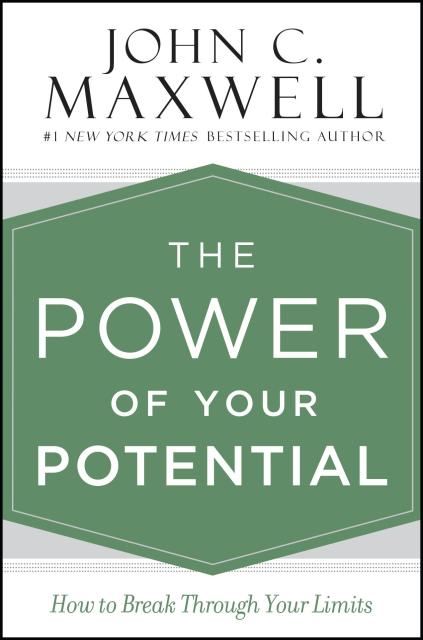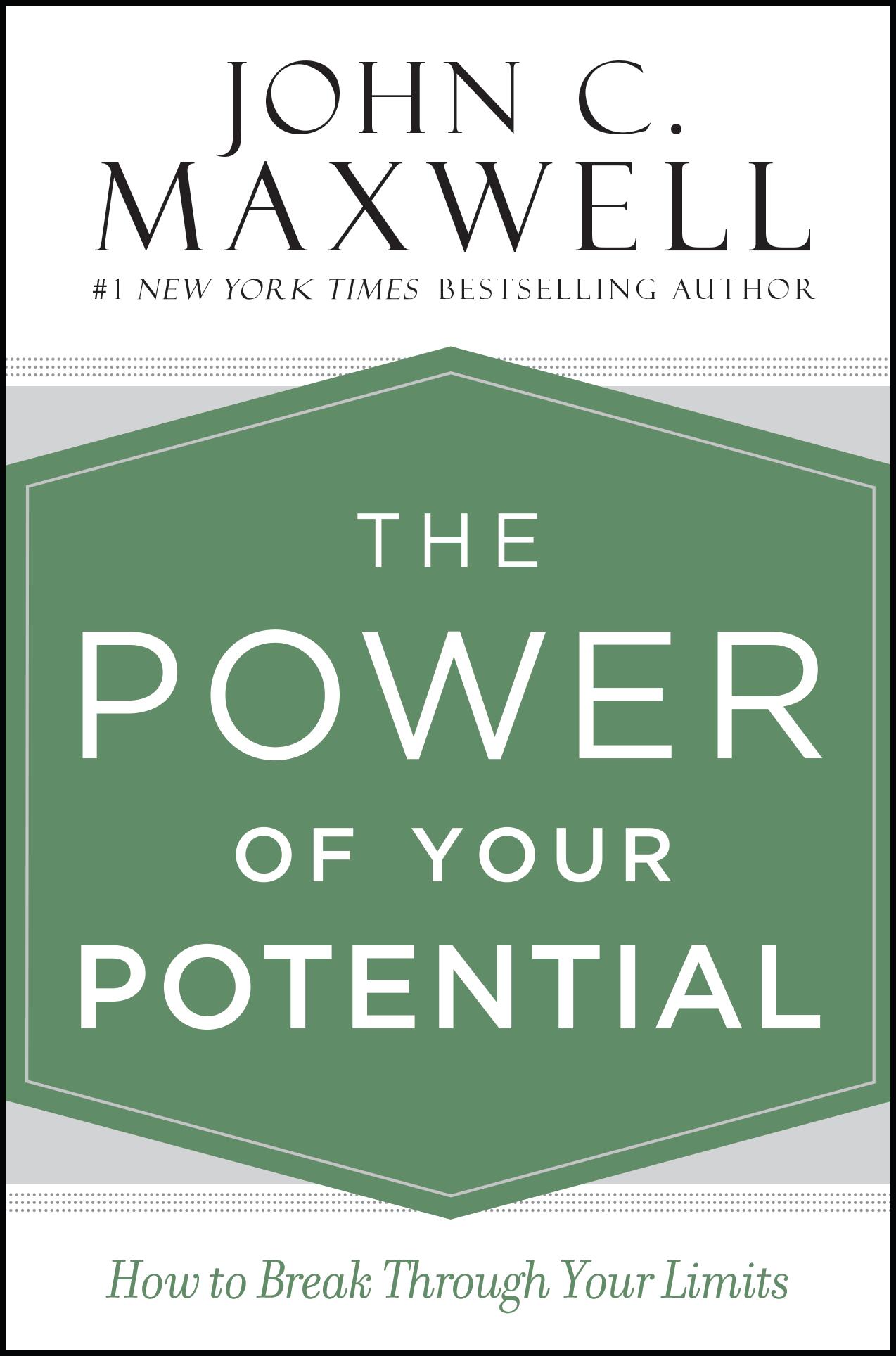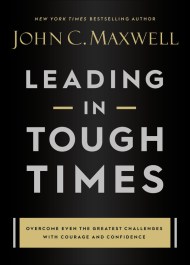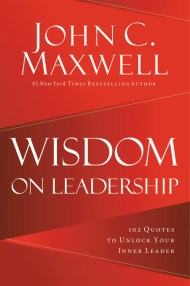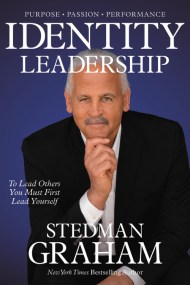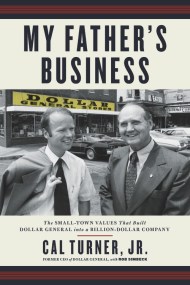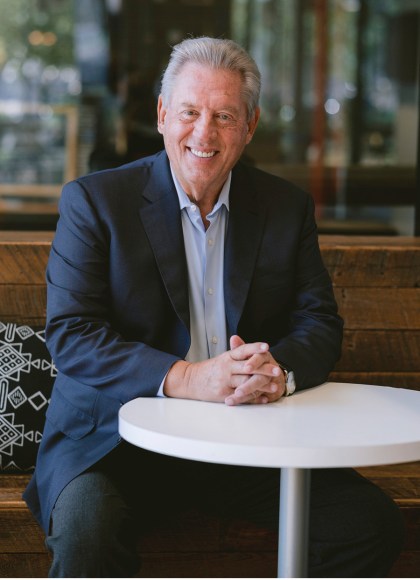Promotion
Use code MOM24 for 20% off site wide + free shipping over $45
The Power of Your Potential
How to Break Through Your Limits
Contributors
Formats and Prices
Price
$12.00Price
$16.00 CADFormat
Format:
- Hardcover $12.00 $16.00 CAD
- ebook (Spanish) $9.99 $12.99 CAD
- ebook $9.99 $12.99 CAD
- Hardcover (Spanish) $12.00 $16.00 CAD
- Audiobook Download (Unabridged)
This item is a preorder. Your payment method will be charged immediately, and the product is expected to ship on or around May 1, 2018. This date is subject to change due to shipping delays beyond our control.
Also available from:
Many of us hold ourselves back because we firmly believe our abilities are finite. But what if our supposed limitations are just an illusion?
In The Power of Your Potential John Maxwell identifies and examines the seventeen key capacities each of us possesses. Some we are born with, such as how we think or how we naturally relate to other people. The rest are choices, often unconscious, including our attitude or personal disciplines. All are expandable.
Maxwell gives clear and actionable advice on what we can do to improve in each of these areas. From learning to manage your emotions and increase your energy, to conquering procrastination and becoming more comfortable with taking risks, you will surpass your own expectations to become a better you than you ever thought possible.
Genre:
- On Sale
- May 1, 2018
- Page Count
- 192 pages
- Publisher
- Center Street
- ISBN-13
- 9781455548309
Newsletter Signup
By clicking ‘Sign Up,’ I acknowledge that I have read and agree to Hachette Book Group’s Privacy Policy and Terms of Use
